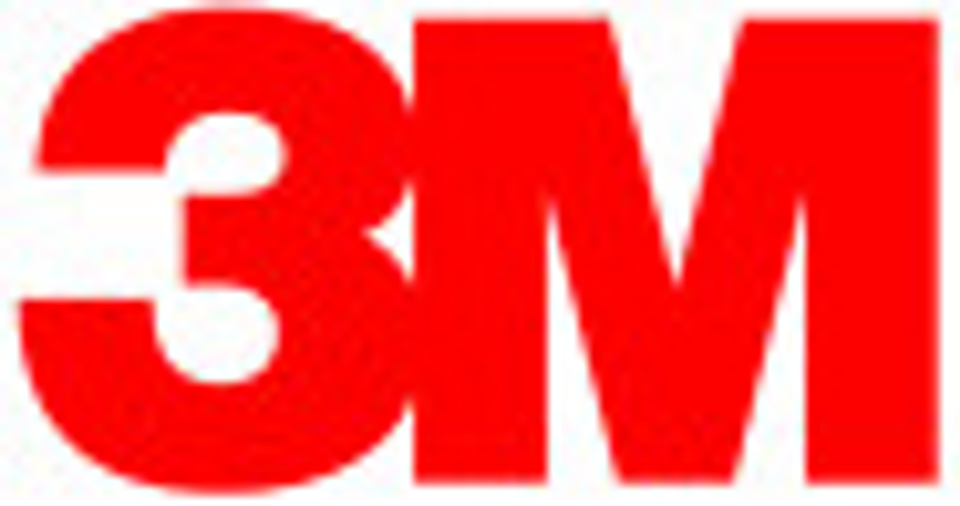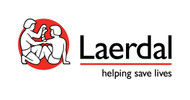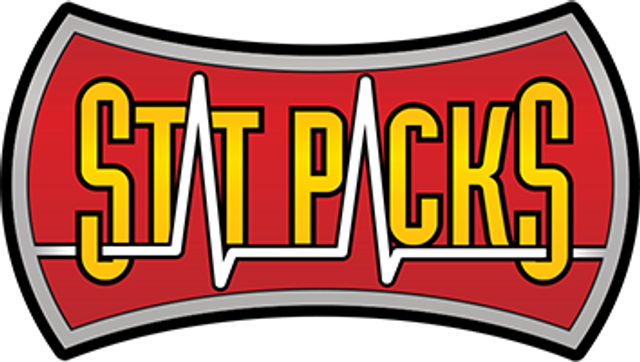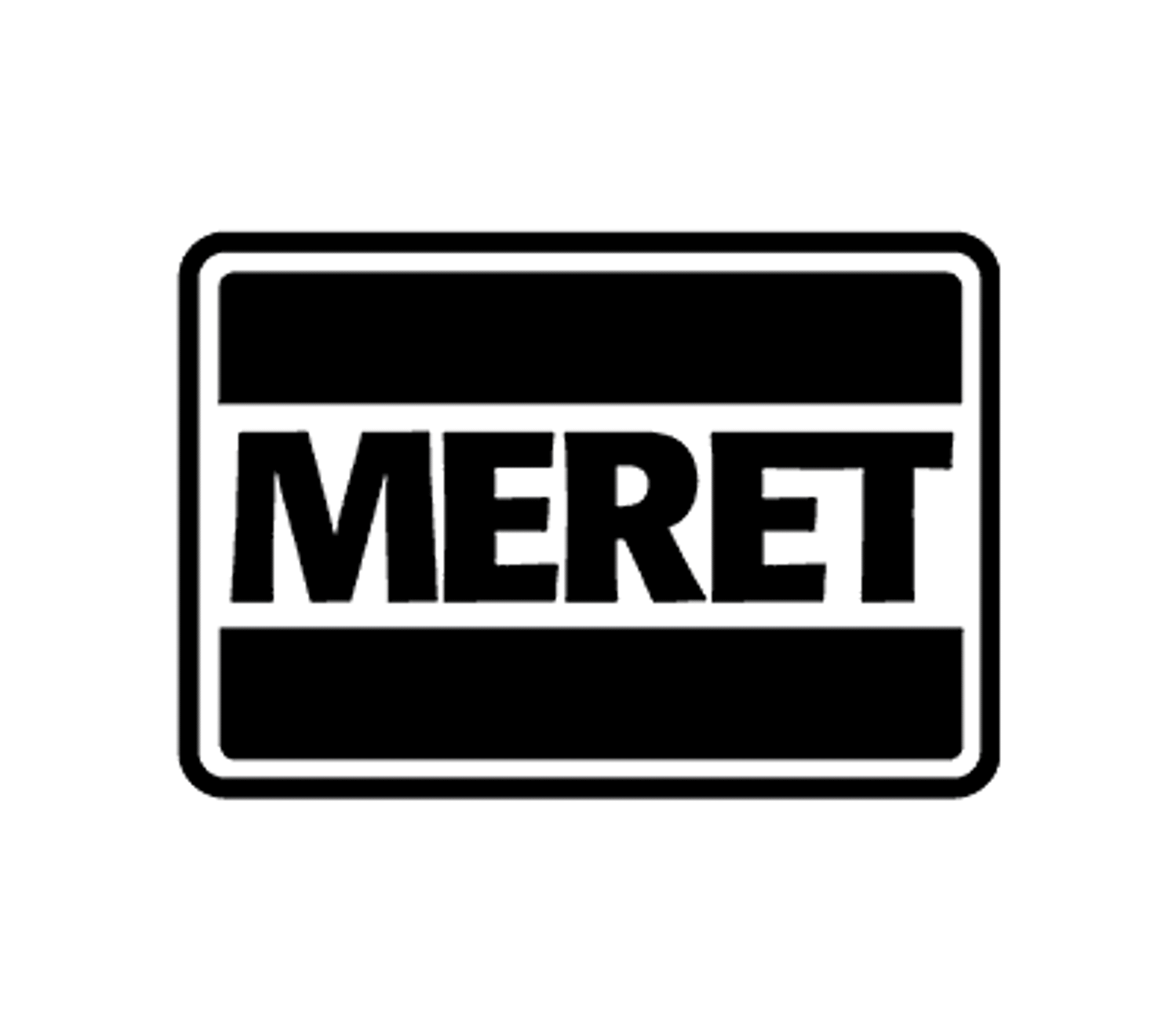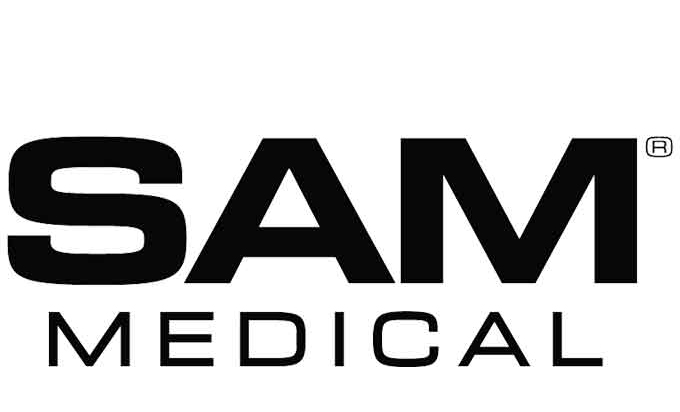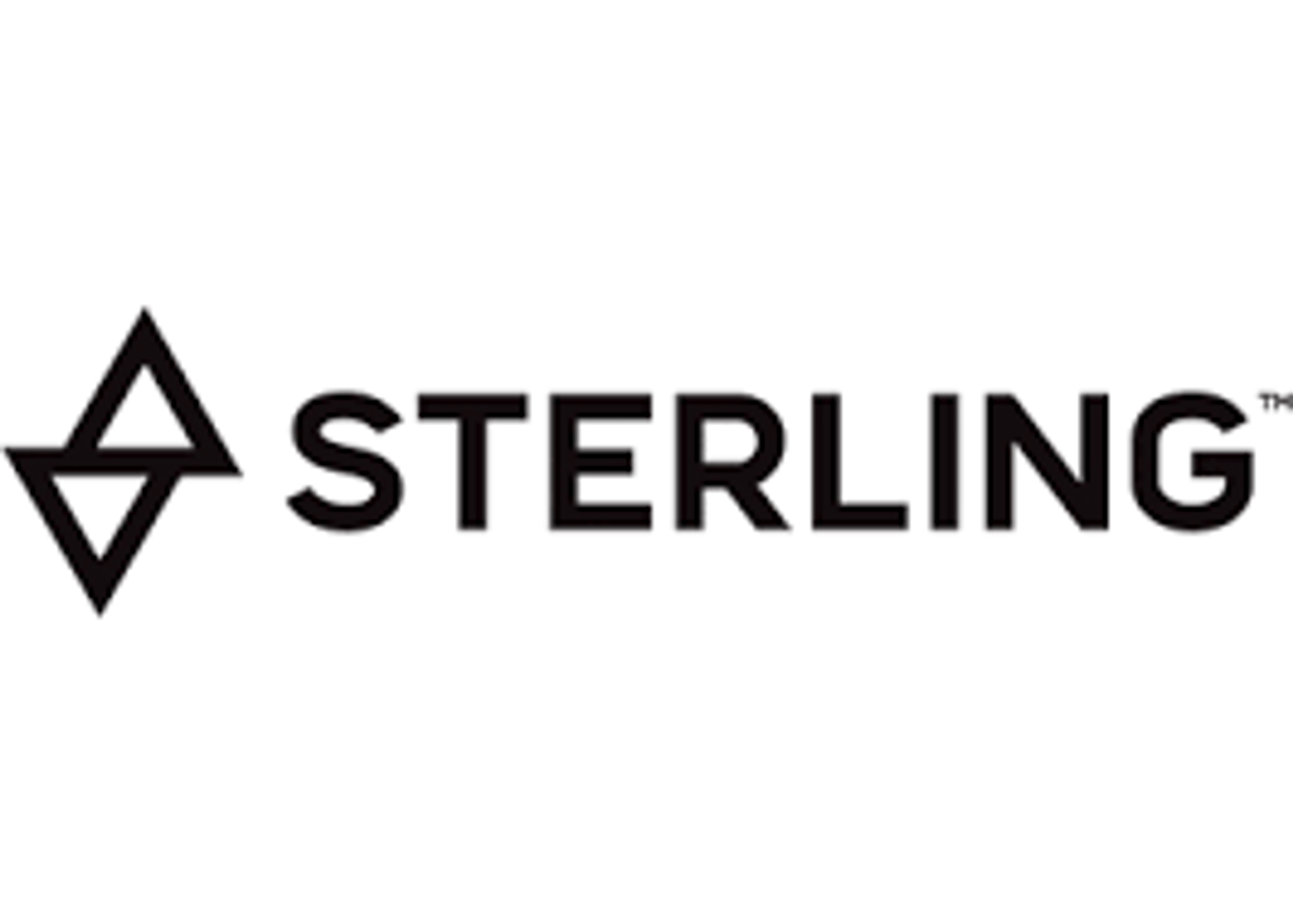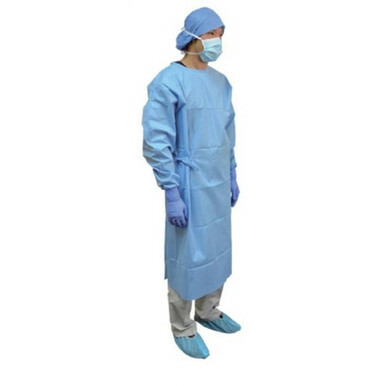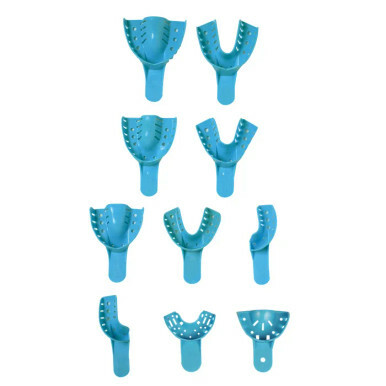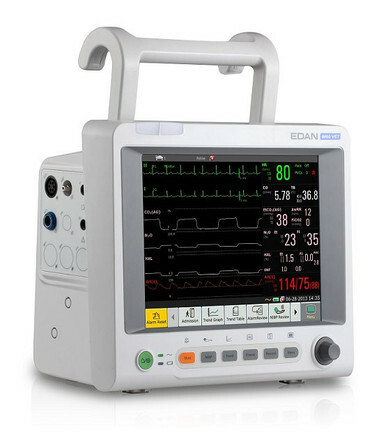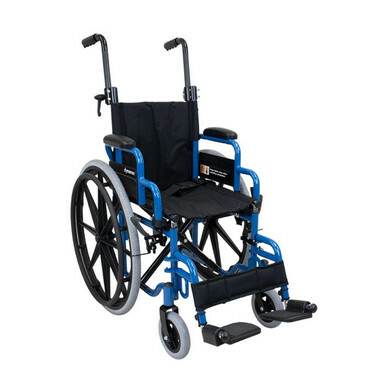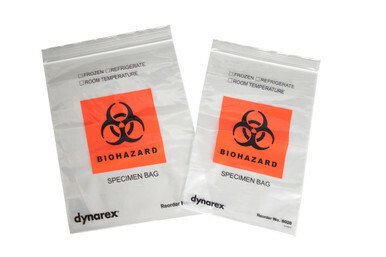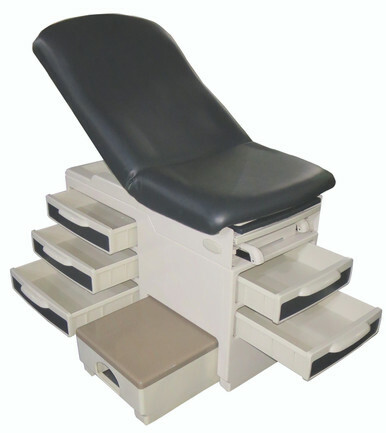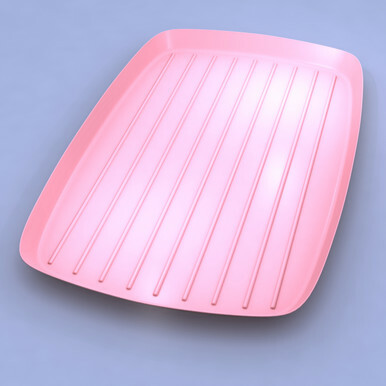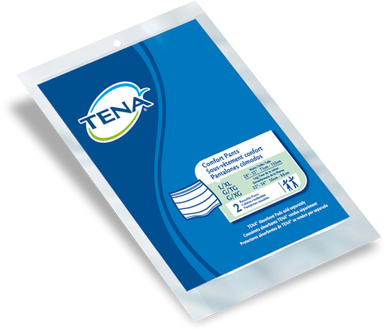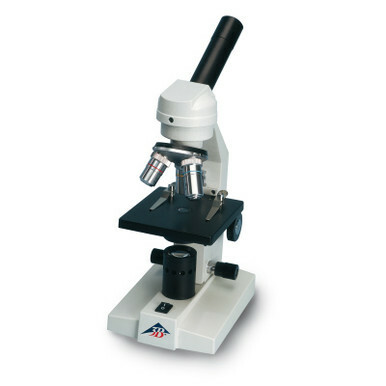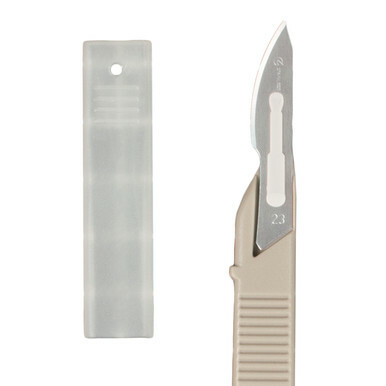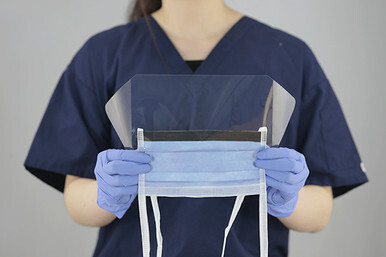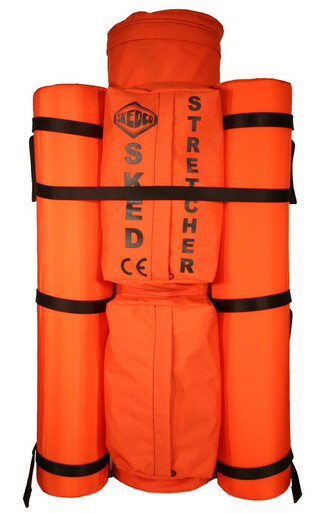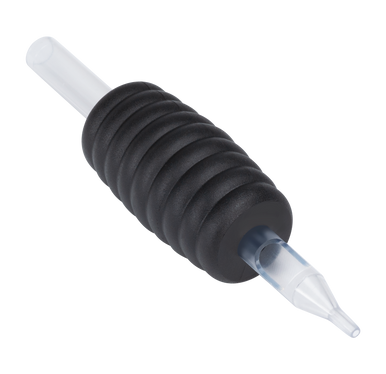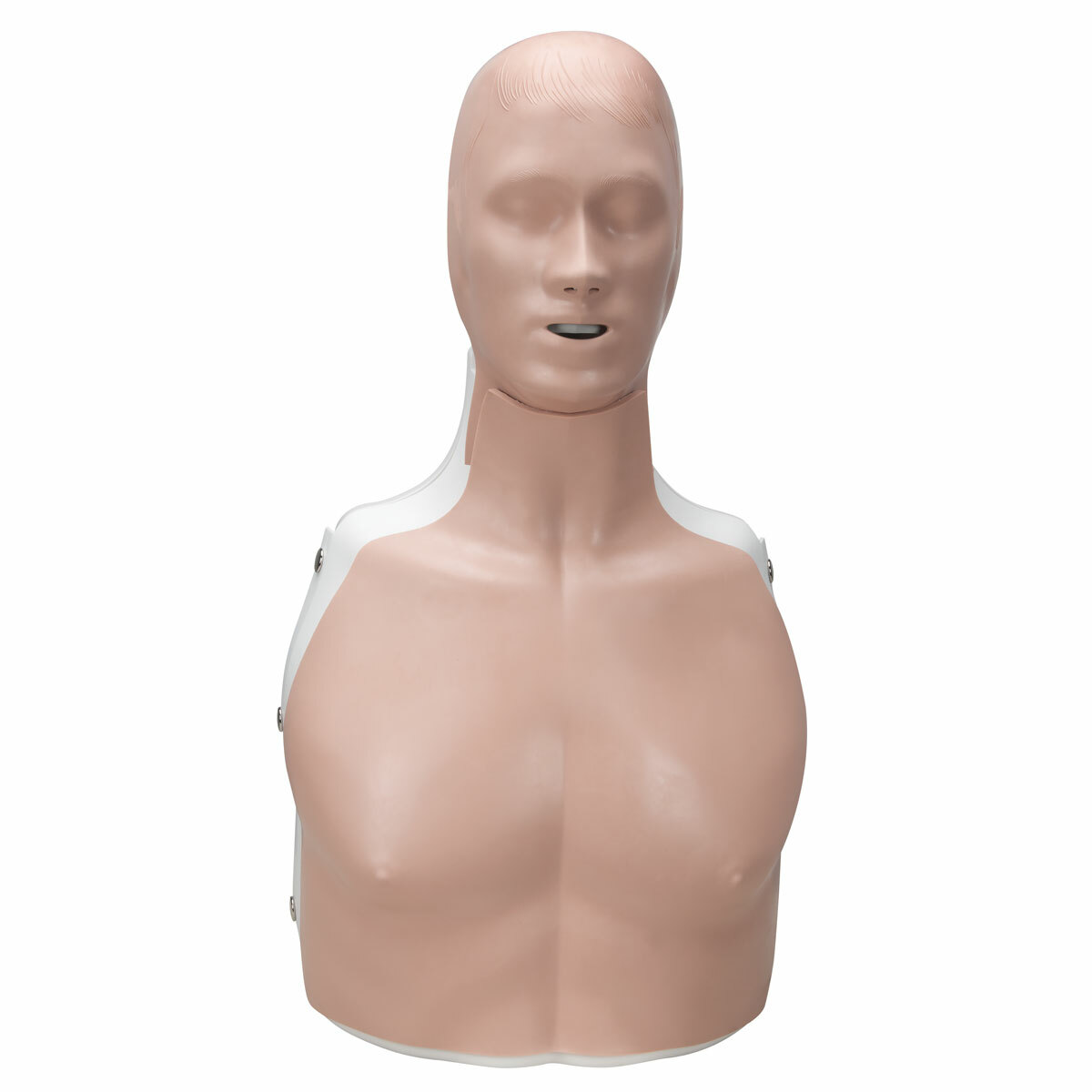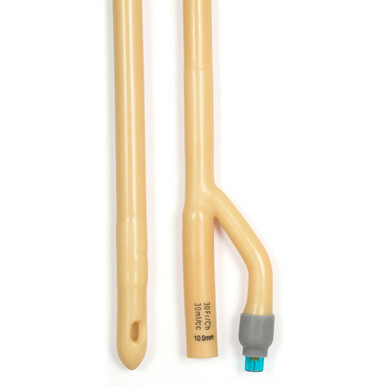Stretchers in Healthcare: The Backbone of Patient Transport and Emergency Response
Posted by EMRN on 25th Oct 2023
In the fast-paced world of healthcare, where every moment counts, stretchers play an indispensable role. They are the unsung heroes, quietly ensuring the safe and efficient movement of patients within hospitals, clinics, and during emergencies. In this blog post, we'll explore the significance of stretchers in healthcare, their various types, and how they are essential in providing quality patient care.
The Vital Role of Stretchers:
Stretchers are versatile devices designed to support and transport patients in a supine (lying on their back), prone (lying face down), or seated position. They are used for a multitude of purposes, including:
- Patient Transport: Stretchers are vital for transferring patients between various hospital departments, from emergency rooms to operating rooms, and for inter-facility transports.
- Emergency Response: In emergency situations, stretchers are used to quickly and safely evacuate or transfer injured individuals, ensuring their well-being during transit.
- Medical Procedures: Some stretchers are designed for specific procedures like X-rays, surgeries, and diagnostic imaging.
- Recovery and Comfort: For patients unable to move independently, stretchers provide a comfortable resting place with adjustable positions.
Types of Stretchers:
- Standard Stretchers: These are the most common and versatile stretchers used for general patient transport. They come in various materials, including metal and lightweight aluminum.
- Bariatric Stretchers: Designed to accommodate larger patients, bariatric stretchers offer increased weight capacity and durability.
- Scoop Stretchers: These stretchers split into two halves, allowing medical professionals to gently scoop the patient from underneath, minimizing movement in certain scenarios.
- Folding Stretchers: Ideal for emergency situations and remote areas, these stretchers are portable and easy to store. They often come with carrying handles.
- Pediatric Stretchers: Specially designed for children, these stretchers provide a secure and comfortable environment for young patients.
- Radiolucent Stretchers: Designed for use in radiology and imaging, these stretchers are constructed to be compatible with X-ray and MRI equipment.
Selecting the Right Stretcher:
Choosing the appropriate stretcher depends on the specific requirements and environment. Consider factors such as weight capacity, intended use, mobility, and patient comfort when making your selection.
Maintenance and Safety:
Regular maintenance and safety checks are essential to ensure the longevity and reliability of stretchers. Check wheels, brakes, and adjust mechanisms to guarantee smooth and secure transport.
Conclusion:
Stretchers are the backbone of patient transport and emergency response in healthcare. They ensure the swift and safe movement of patients, significantly impacting the quality of care they receive. At EMRN, we understand the critical role stretchers play in patient care. We offer a range of high-quality stretchers to meet the diverse needs of healthcare professionals. Explore our selection today and provide the best care possible to your patients, knowing you have the right equipment to support their well-being.

